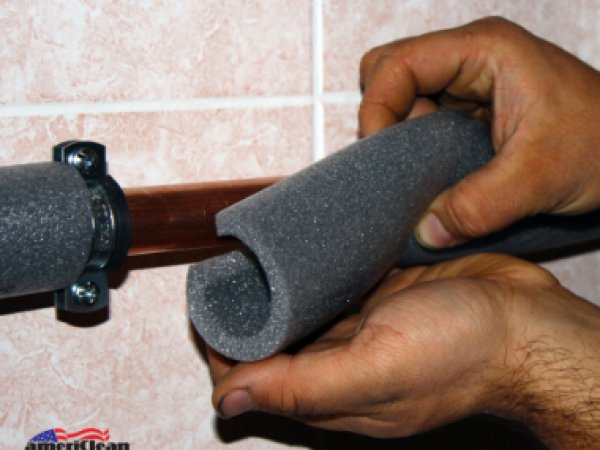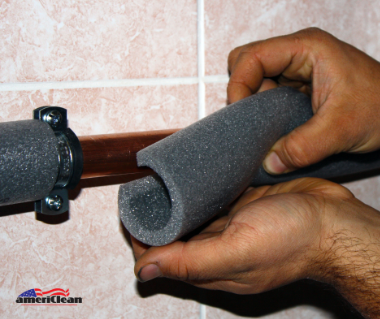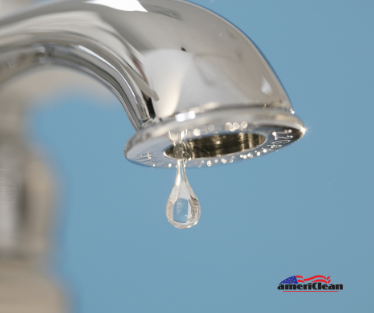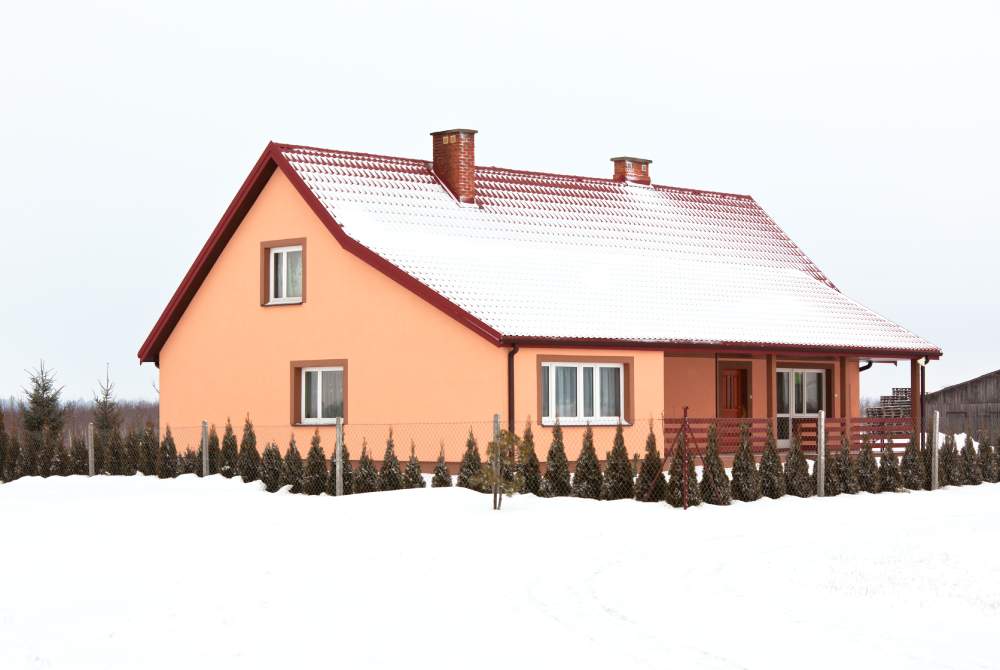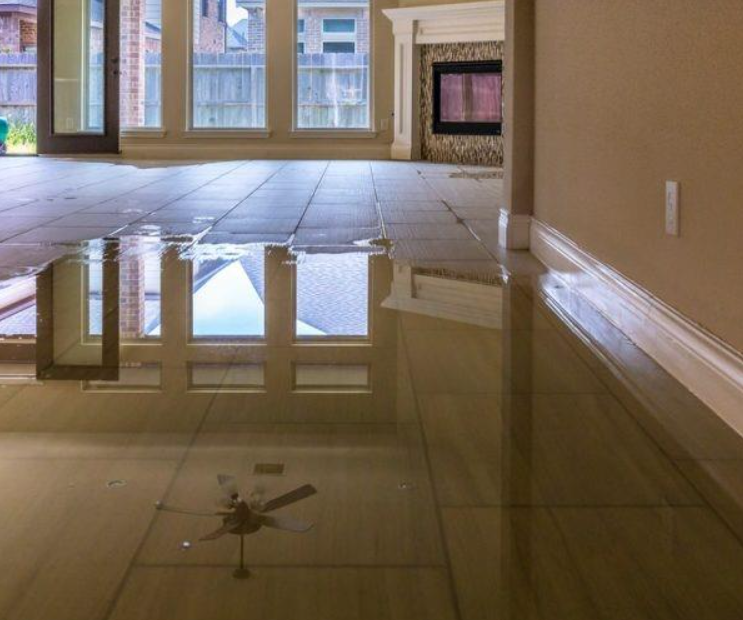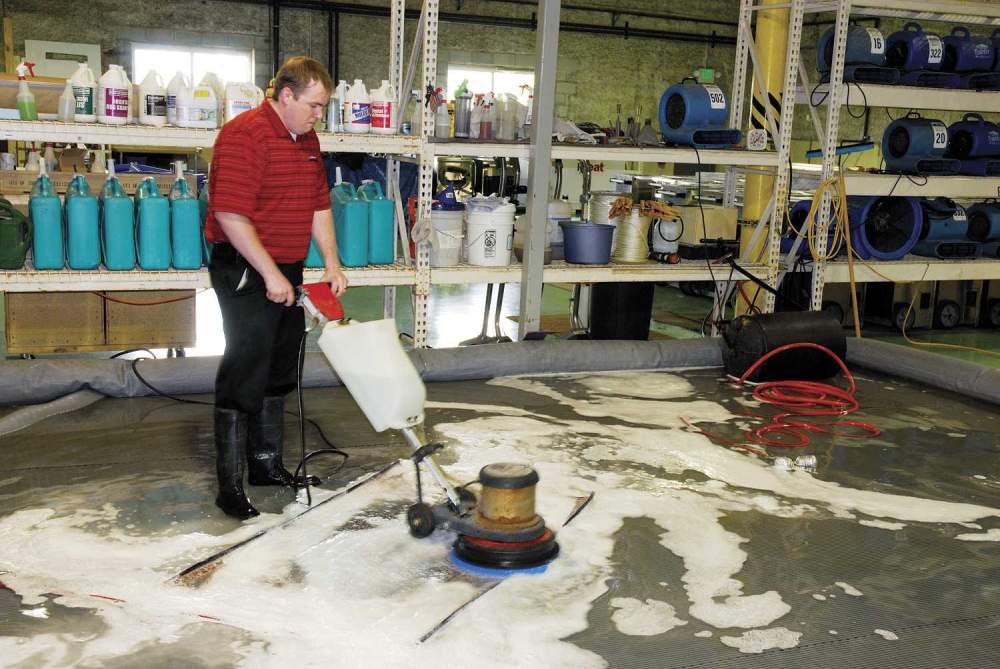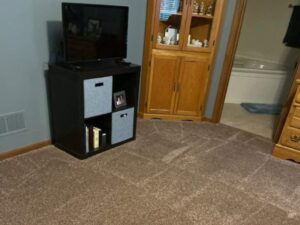When winter hits, the last thing you want is for your pipes to freeze and cause costly water damage to your home or business. You can take proactive steps to protect your plumbing with a few effective strategies. For instance, insulating vulnerable pipes and maintaining a steady indoor temperature can make a significant difference. But that’s just the beginning—there are several more techniques that can help you safeguard your home. Curious about what else you can do to keep your pipes safe this winter? Let’s explore these practical methods together.
Insulate Your Pipes
One of the most effective ways to prevent frozen pipes is to insulate them properly. You should focus on areas where pipes are most vulnerable, like basements, attics, and exterior walls. Use foam pipe insulation sleeves or wrap, which you can easily find at hardware stores. Make sure to cover all exposed pipes thoroughly, including those in unheated areas. Don’t forget to seal any gaps that might allow cold air to penetrate, as this can lead to freezing. Additionally, consider insulating the walls around your pipes for extra protection.
Keep Cabinet Doors Open
During the coldest nights of winter, keeping cabinet doors open can make a significant difference in preventing frozen pipes. By allowing heated air to circulate around your plumbing, you help maintain a warmer temperature in those enclosed spaces. This is especially important for cabinets located near exterior walls where pipes are more vulnerable to freezing. Before you go to bed or leave the house, take a moment to open those cabinet doors under sinks and in utility areas.
If you have a faucet nearby, let it drip slightly to keep water moving through the pipes. This simple action can protect your plumbing and save you from costly repairs later on.
Maintain Indoor Temperature
Maintaining a consistent indoor temperature is crucial for preventing frozen pipes in your home. You should aim to keep your thermostat set at a minimum of 55°F, even when you’re away. Sudden drops in temperature can lead to freezing, especially in unheated areas like basements or attics. If you have a programmable thermostat, consider setting it to maintain this temperature during the night and when you’re not home. It is easier to slightly raise the temperature in a home compared to allowing the home to become cold and then trying to raise the temperature.
Additionally, avoid turning the heat off completely during cold spells, as this can create a risk for your pipes. Regularly check your heating system to ensure it’s functioning properly.
Let Faucets Drip
How can letting your faucets drip help prevent frozen pipes? Allowing a slow trickle of water to flow from your faucets keeps the water moving within the pipes. When water sits still, it has a higher chance of freezing, especially in colder temperatures. By letting your faucets drip, you’re reducing the likelihood of ice forming in the pipes. This method is particularly effective for faucets located in unheated areas, like basements and crawl spaces. When you drip both hot and cold water lines, you’ll further alleviate pressure that builds up if ice starts to form. A few drops can save you from costly repairs and a major headache.
Seal Cracks and Openings
Have you checked for cracks and openings in your home? These small gaps can let cold air in, increasing the risk of frozen pipes. Start by inspecting your foundation, windows, and doors. Look for any gaps around pipes that enter your home, as well as spaces in walls or ceilings. If you find any, seal them with caulk or foam insulation to keep the cold out. Pay special attention to areas in unheated spaces like basements and attics. Even minor cracks can lead to significant problems. By sealing these openings, you’ll help maintain a warmer environment for your pipes, reducing the chances of freezing during harsh winter weather.
Don’t wait—take action now to protect your plumbing!
Frequently Asked Questions
Q: What Are the Signs of Already Frozen Pipes?
A: You’ll notice signs of frozen pipes when water flow slows or stops, you hear strange noises, or you see frost on the pipe. If you notice these, it’s crucial to act quickly to prevent damage.
Q: Can Heat Tape Help Prevent Pipe Freezing?
A: Yes, heat tape can help prevent pipe freezing by providing consistent heat along the pipe.
Q: How Often Should I Check My Pipes in Winter?
A: You should check your pipes at least once a week during winter. Look for signs of leaks or frost buildup. Staying proactive helps you catch potential issues before they become major problems. When temperatures are below 0, check your pipes more frequently.
Q: Is There a Best Temperature to Maintain Indoors?
A: You should maintain your indoor temperature between 68-72°F during winter. This range not only keeps you comfortable but also reduces energy costs. It’s a simple way to ensure your home stays warm and inviting.
Q: What Should I Do if My Pipes Freeze?
A: If your pipes freeze, you should turn off the water supply immediately. Then, apply heat using a hairdryer or space heater to thaw the pipes. Never use an open flame, as it’s dangerous. Stay vigilant when warming your pipes to catch any small issues before they become a large issue.
Conclusion
By following these five strategies, you can effectively prevent your pipes from freezing this winter. Insulating your pipes, keeping cabinet doors open, maintaining a warm indoor temperature, letting faucets drip, and sealing cracks will all help protect your plumbing. Taking these simple steps not only saves you from costly repairs but also ensures your home stays comfortable during the cold months. Don’t wait until it’s too late—start implementing these tips today!
If you do have a pipe break and flood your home or office with water, AmeriClean’s restoration team is ready to assist 24/7 to help you clean up the mess.


